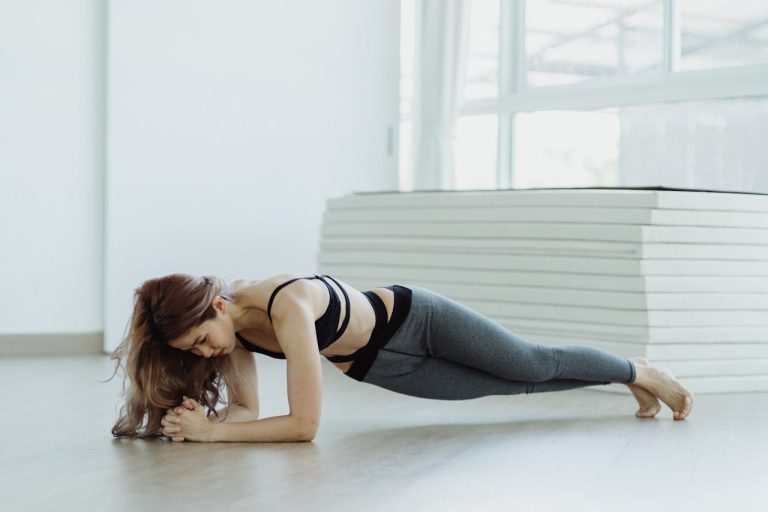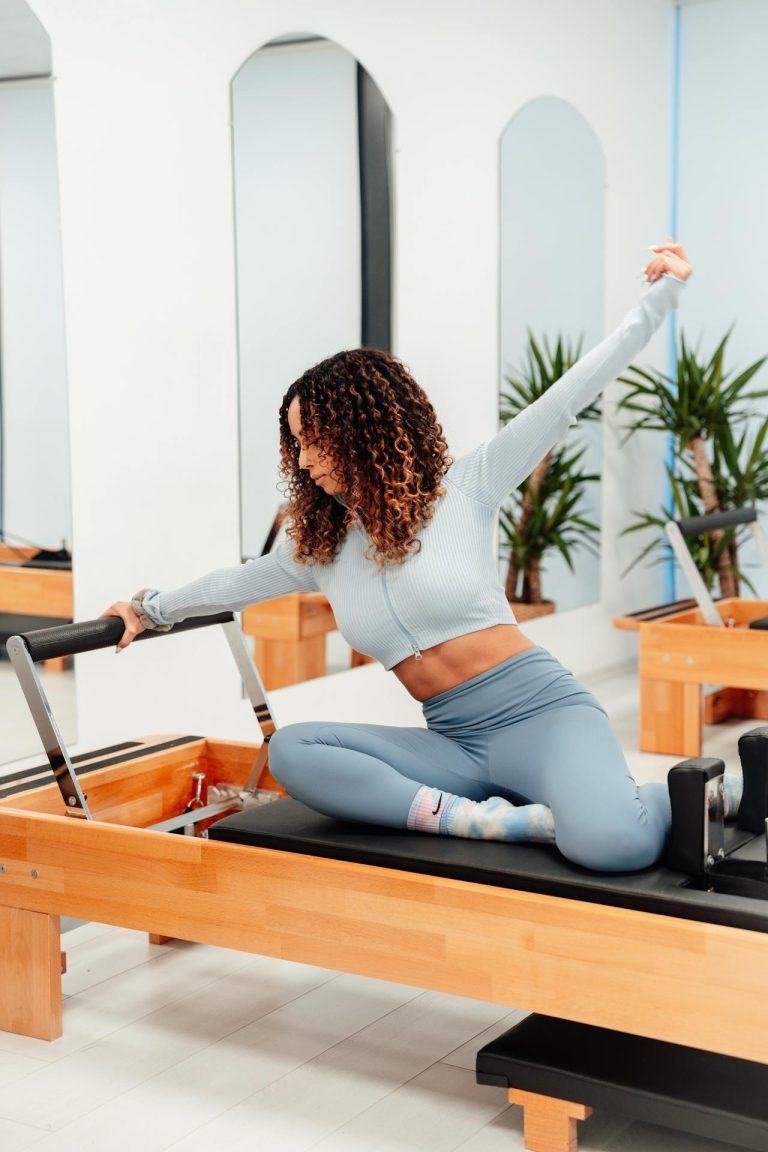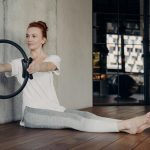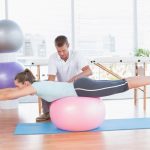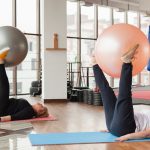When people think of building muscle, they often picture lifting heavy weights, doing sets of bench presses, or spending hours in the gym. Pilates, with its quiet studios, controlled movements, and mat-based exercises, may not seem like a muscle-building workout at first glance.
But here’s the truth: Pilates absolutely can build muscle—not in the same way as powerlifting or bodybuilding, but through time-tested, science-backed techniques that focus on control, precision, and deep muscle activation.
Whether you’re a beginner looking to tone up, an athlete seeking functional strength, or recovering from injury, Pilates offers a unique path to muscular development.
What Type of Muscle Does Pilates Build?
Pilates helps build lean, functional muscle rather than bulky mass. This means:
- Improved muscle endurance
- Greater definition and tone
- Better posture and joint stability
- Enhanced flexibility with strength
The muscle built through Pilates is balanced and deep. It’s less about size and more about strength you can use—for moving better, feeling stronger, and reducing injury risk.
1. Pilates Activates Deep Stabilizing Muscles
Unlike traditional gym workouts that target surface-level muscles (like biceps or quads), Pilates works the smaller, deeper muscle groups—especially those in the core, hips, back, and shoulders.
These include:
- Transverse abdominis
- Multifidus
- Gluteus medius
- Pelvic floor muscles
These stabilizing muscles create the foundation for larger muscle group activation and are essential for strength, balance, and injury prevention.
2. Time Under Tension Builds Endurance and Strength
Pilates exercises often involve slow, controlled movements held for extended periods. This increases “time under tension” — a key factor in muscle growth and endurance.
By holding positions like planks, teasers, or bridges, you create muscular fatigue that promotes strength gains without the need for weights.
3. Resistance-Based Pilates Adds Load
Pilates isn’t just bodyweight. Using resistance tools such as:
- Reformer machines
- Resistance bands
- Magic circles
- Weighted balls
adds external load, challenging muscles similarly to strength training. Reformer Pilates, in particular, allows for progressive resistance using springs, which can target both large and small muscle groups.
4. Eccentric Contractions Stimulate Muscle Growth
Pilates emphasizes eccentric contractions—the lengthening phase of muscle movement. Research shows that eccentric training causes more muscle damage (in a good way), leading to increased muscle adaptation and growth.
Examples include:
- Slowly lowering in a roll-down
- Controlled leg circles
- Gradual transitions between positions
This style of training builds strength without bulk and reduces injury risk.
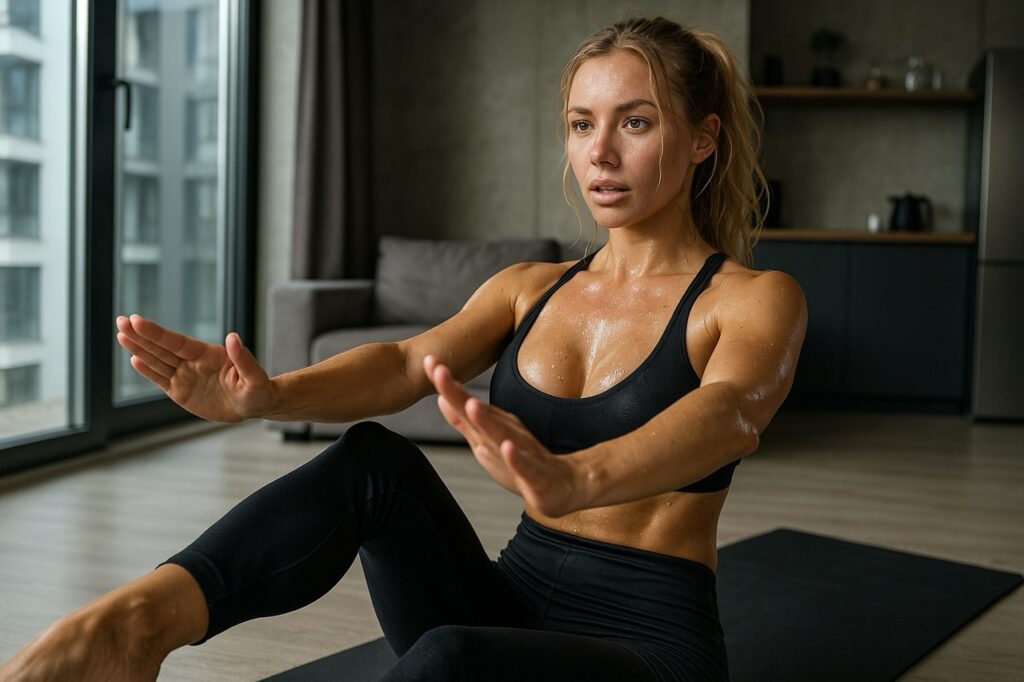
5. Pilates Improves Mind-Muscle Connection
In Pilates, movement is paired with breath and mental focus. This enhances your neuromuscular awareness, helping you:
- Engage the right muscles
- Improve recruitment patterns
- Avoid compensation or overuse
This mind-muscle connection improves efficiency and makes every movement count—a major key to muscle development.
6. It Targets Often-Neglected Muscle Groups
Pilates excels at working muscles most people overlook, including:
- Inner thighs
- Hip rotators
- Lower abdominals
- Spinal extensors
Strengthening these areas improves full-body symmetry and makes traditional strength training safer and more effective.
7. Pilates Enhances Athletic Performance and Strength
Many athletes incorporate Pilates into their training programs because it builds functional strength that translates directly into performance.
Examples:
- Runners use it to build hip and core stability
- Dancers use it to improve control and endurance
- Football players use reformers to enhance range and power
This functional strength contributes to better movement efficiency and injury prevention.
8. Pilates Encourages Better Recovery Between Workouts
Pilates complements intense strength training by encouraging active recovery. It increases circulation, releases tight muscles, and gently activates stabilizers, allowing you to recover faster without compromising strength-building goals.
9. Pilates Improves Muscle Symmetry and Balance
Many traditional strength workouts emphasize large muscle groups, sometimes creating imbalances. Pilates corrects these by focusing on small stabilizers and both sides of the body equally, which reduces the risk of overtraining or compensation injuries.
10. Pilates Reduces Cortisol and Supports Muscle-Preserving Hormones
Unlike high-intensity workouts that may spike cortisol (a stress hormone linked to muscle breakdown), Pilates promotes parasympathetic nervous system activation. This hormonal balance can help your body recover better and preserve muscle.
11. Pilates Builds Muscle With Less Joint Impact
Pilates is ideal for individuals with joint sensitivity, past injuries, or mobility issues. It provides a low-impact way to build strength without compressive loading on joints, making it safer for long-term consistency.
Read Also: The Ultimate Running Guide: How to Run Properly, Improve Your Technique, and Enjoy Every Step
12. Pilates Supports Longevity and Muscle Maintenance With Age
As we age, maintaining muscle becomes essential. Pilates helps combat sarcopenia (age-related muscle loss) by keeping muscles active and joints mobile. It’s a sustainable way to stay strong well into midlife and beyond.
Pilates vs. Traditional Strength Training
| Feature | Pilates | Traditional Strength Training |
|---|---|---|
| Type of Muscle | Lean, functional | Bulk and size |
| Tools | Bodyweight, reformer, props | Barbells, dumbbells, machines |
| Focus | Core, alignment, control | Load, hypertrophy |
| Injury Risk | Low | Higher (with poor form) |
| Ideal For | All fitness levels, rehab, athletes | Muscle growth, strength sports |
Note: These two approaches can be complementary. Many people benefit from combining Pilates with traditional resistance training.

Can You Build Muscle Without Heavy Weights?
Yes. Multiple studies confirm that muscle can be built with lighter loads and higher time under tension—as long as you challenge the muscles to fatigue.
Pilates meets these criteria through sustained positions, resistance, and focused repetition.
While it may not deliver the hypertrophy of bodybuilding, Pilates creates strength that is functional, sustainable, and supportive of long-term movement health.
How Often Should You Do Pilates to Build Muscle?
For best results:
- 2–3 sessions per week of focused Pilates training
- Include both mat and reformer (if available)
- Prioritize consistency and progression
- Mix in cardio or weights if your goal is full-body fitness
Over time, you’ll build strong, lean muscle and gain better control of your body overall.
Final Thoughts: Pilates Builds More Than Just Muscle
Yes, you can build muscle with Pilates. But what you’re really building is a better relationship with your body. Through consistent, focused practice, you’ll gain strength, mobility, balance, and confidence that spills into everything else you do.
Pilates isn’t about lifting heavier or doing more reps. It’s about working smarter. Engaging deeper. And moving with intention.
So if your goal is strong, functional muscle—without the burnout or bulk—Pilates is a powerful path worth taking.


